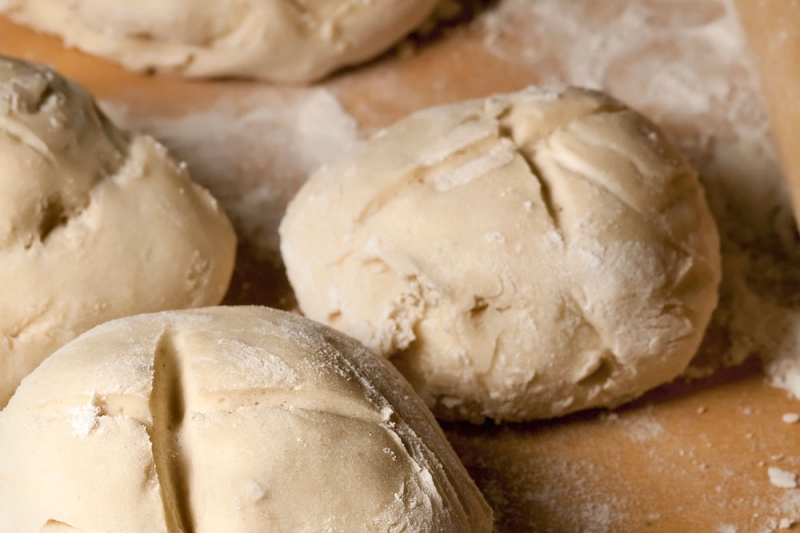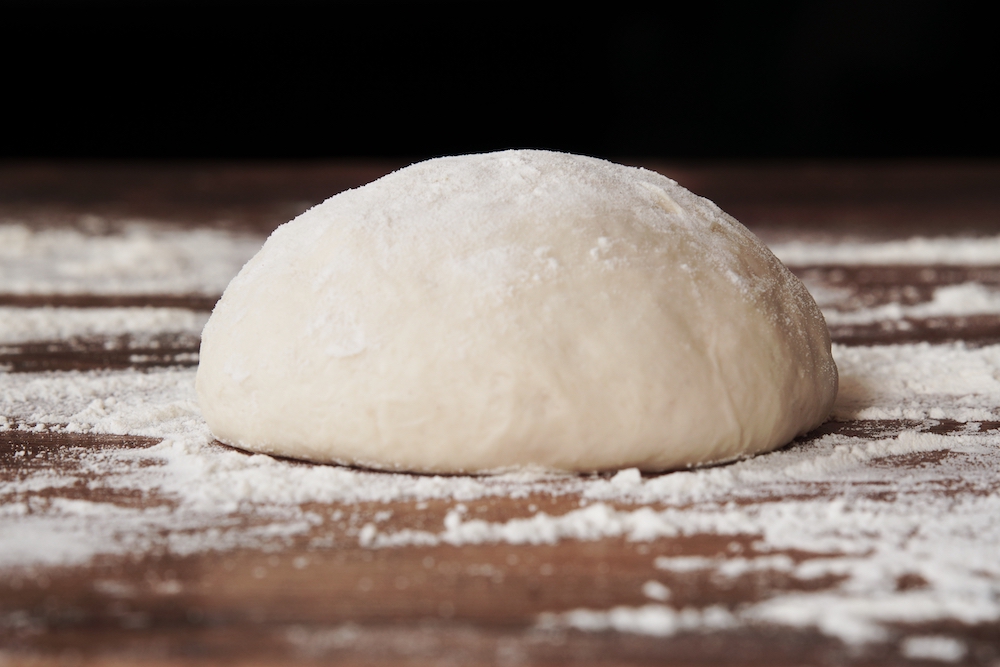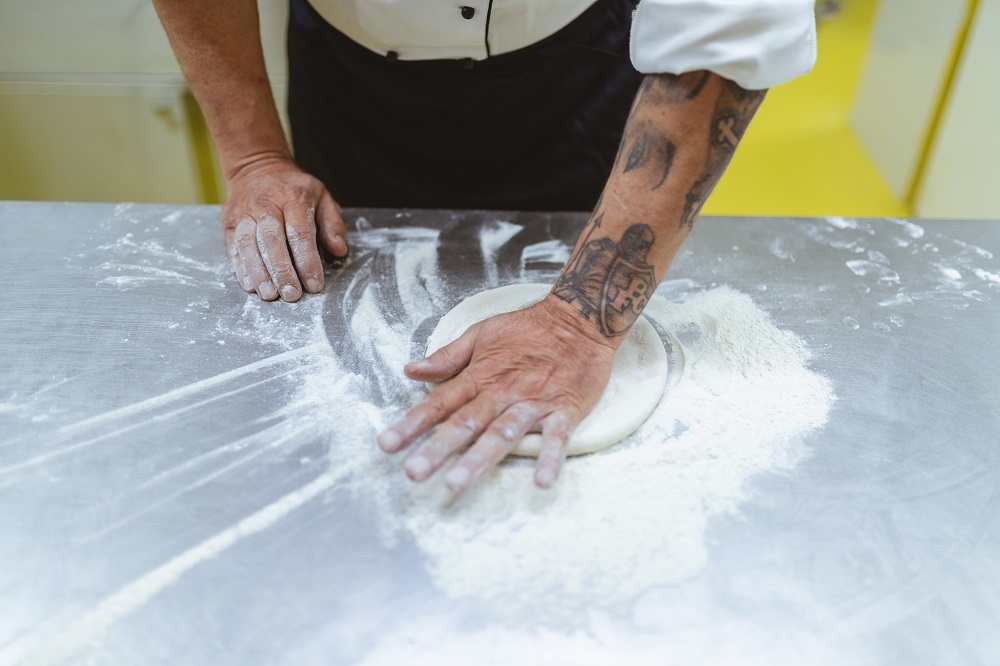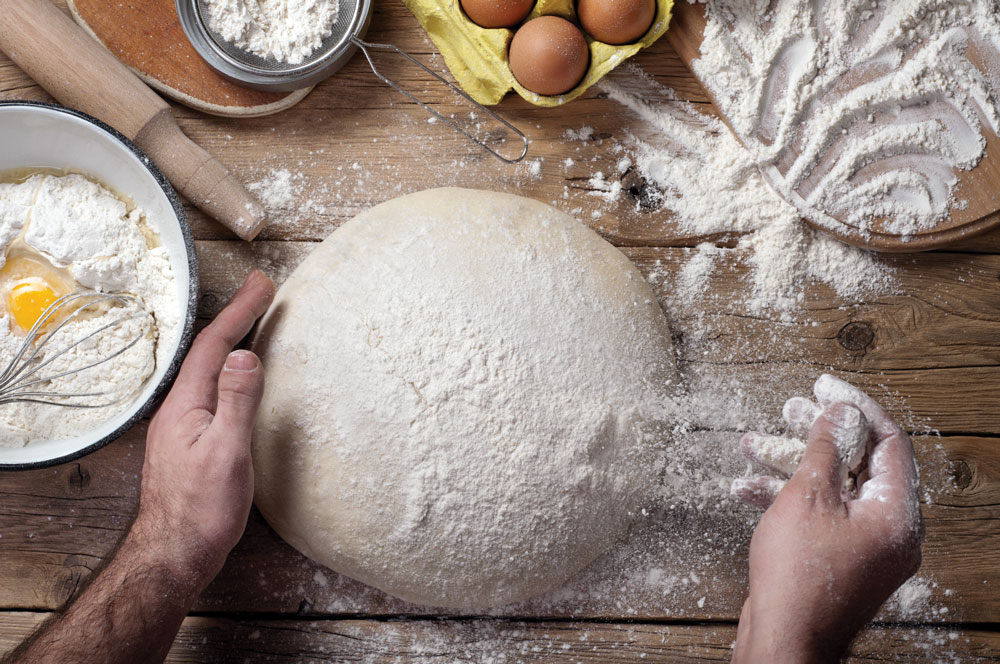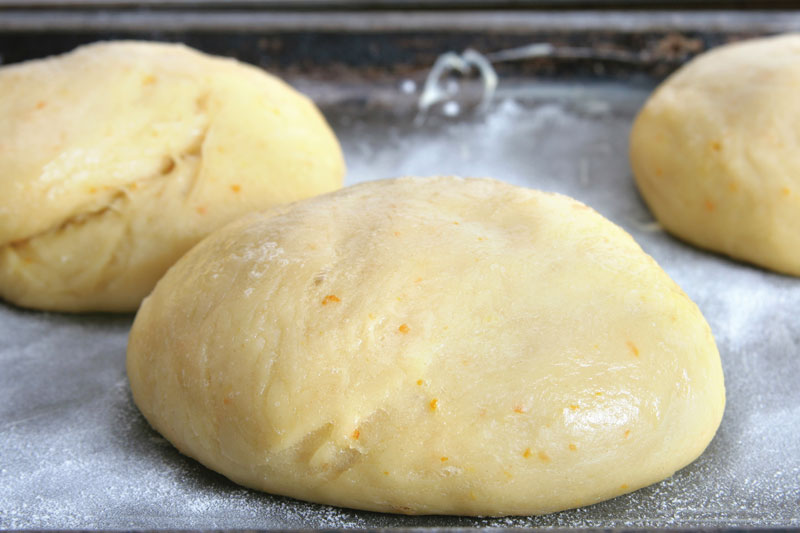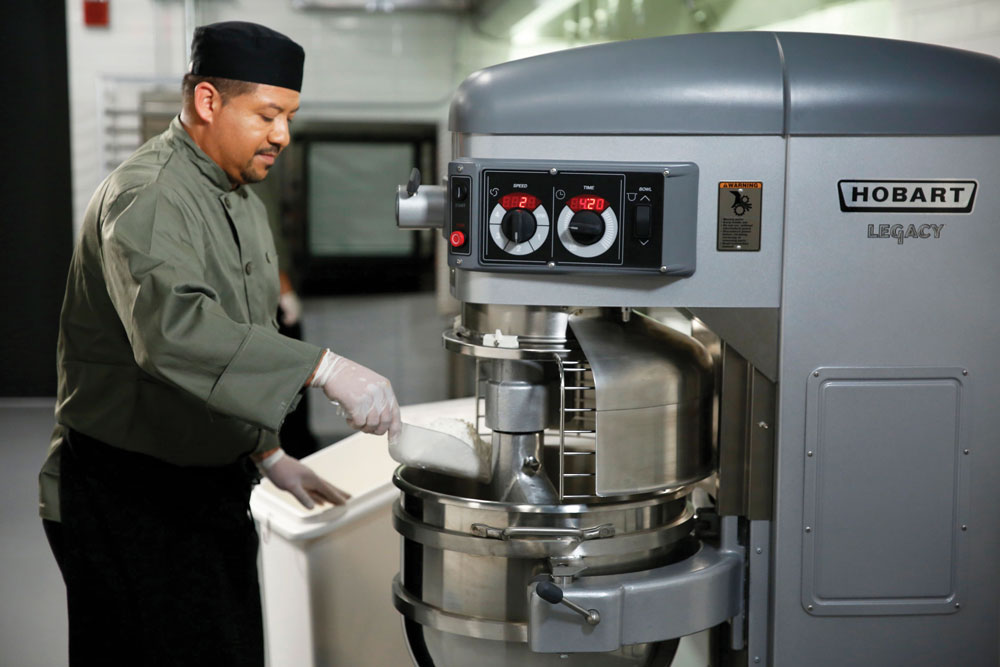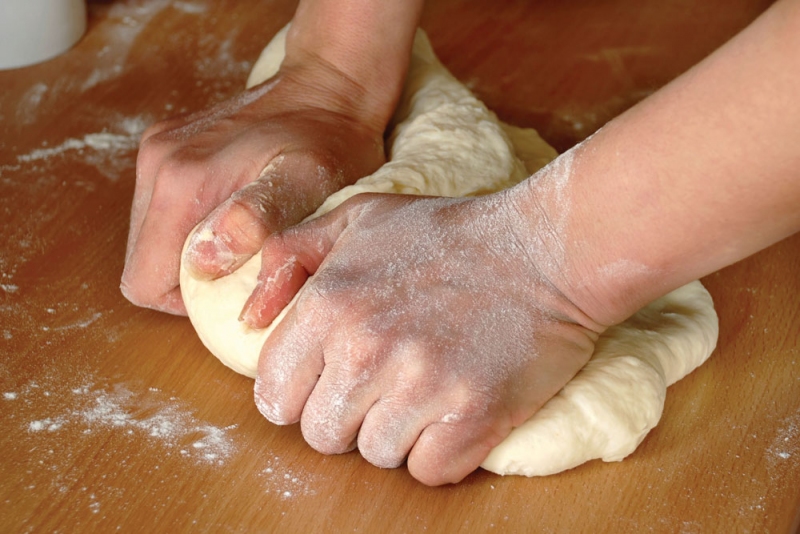Q: We’re expanding our operation and may need to use a dough press instead of stretching our dough by hand. Will we have to make any changes to our dough formula?
A: If you’re planning to use a press, you’ll need to work with a very soft and extensible dough to prevent tears or excessive snapback once the press head is raised from the platen. Unfortunately, that means you may have to make some modifications to your dough formula, although the changes aren’t really drastic.
For starters, if you use standard pizza flour with 12% to 14% protein content, your dough needs to have an absorption rate of about 60% to 65% to allow moisture flow during the pressing process. Flours with lower protein content will require a lower absorption rate.
To address the problem of snapback and shrinkage, the best course of action is to add a reducing agent—such as L-cysteine, glutathione (also known as dead yeast) or deodorized vegetable powder. Since many customers are concerned about additives these days, I recommend using glutathione so that, if anyone asks about the ingredients in your crust, you can truthfully say that you use yeast without scaring customers away with a name that sounds like a laboratory chemical.
Finally, adding some oil or fat to the dough formula promotes dough spread during pressing, thus eliminating tearing of the dough/skin. I have found that the addition of 2% to 4% fat to the dough formula works quite well.
If you use enough reducing agent in your formula, it’s possible that you will be able to start pressing dough balls just a few hours after mixing. However, you’ll get a better, rounder shape—with the potential for a better-tasting crust—if you allow the dough to ferment in the cooler for 24 to 36 hours before pressing. Aside from these changes, no other modifications need to be made to your dough when using a dough press.
Next month, I’ll take a closer look at dough presses themselves and try to help you determine how to choose the right type of press for your operation.

